Protein sensor developed by alumna-founded Advanced Silicon Group can be used for research and quality control in biomanufacturing.
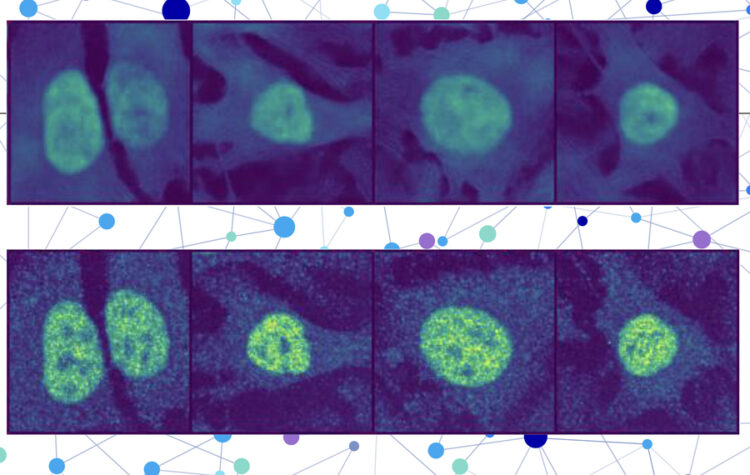
Trained with a joint understanding of protein and cell behavior, the model could help with diagnosing disease and developing new drugs.

Could LLMs help design our next medicines and materials?
A new method lets users ask, in plain language, for a new molecule with certain properties, and receive a detailed description of how to synthesize it.
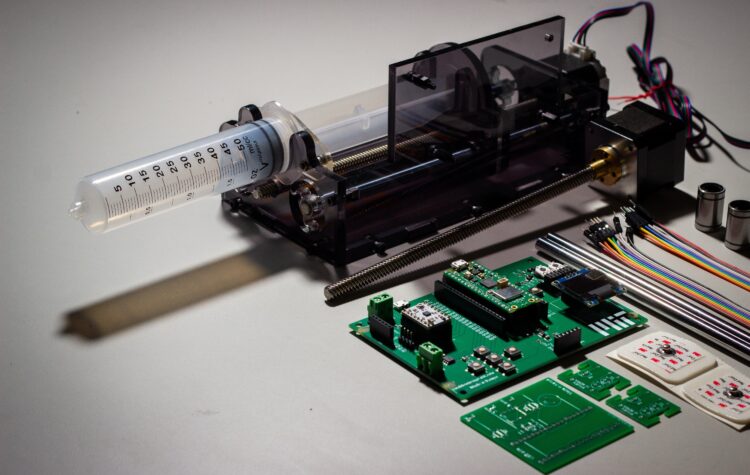
A team at MIT have created a “lab kit in a box” made of locally sourced and easily replaced materials for biomedical students working in Kenya and Uganda, where supply chain and environmental issues can compound technological problems with medical equipment.

All promotions and appointments will take effect July 1, 2025.
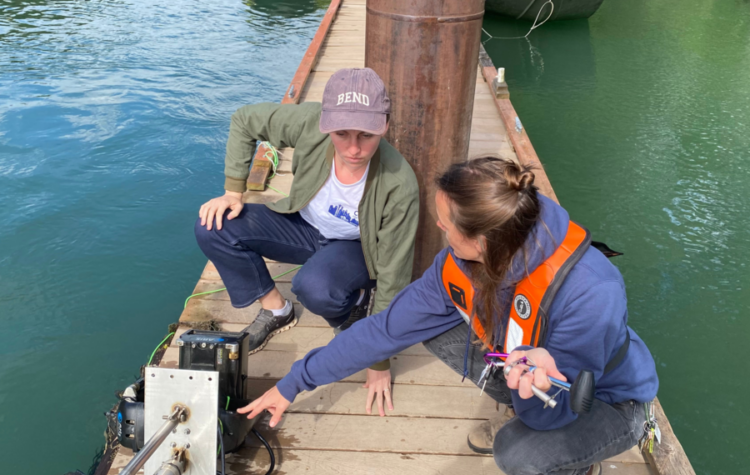
Streamlining data collection for improved salmon population management
Assistant Professor Sara Beery is using automation to improve monitoring of migrating salmon in the Pacific Northwest.
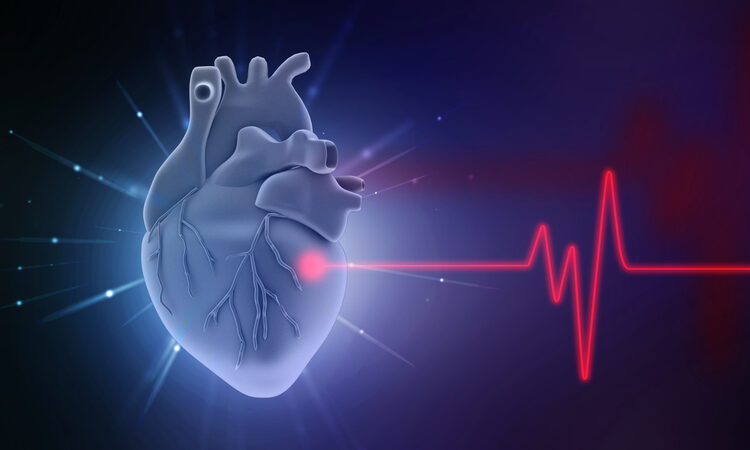
Can deep learning transform heart failure prevention?
A deep neural network called CHAIS may soon replace invasive procedures like catheterization as the new gold standard for monitoring heart health.
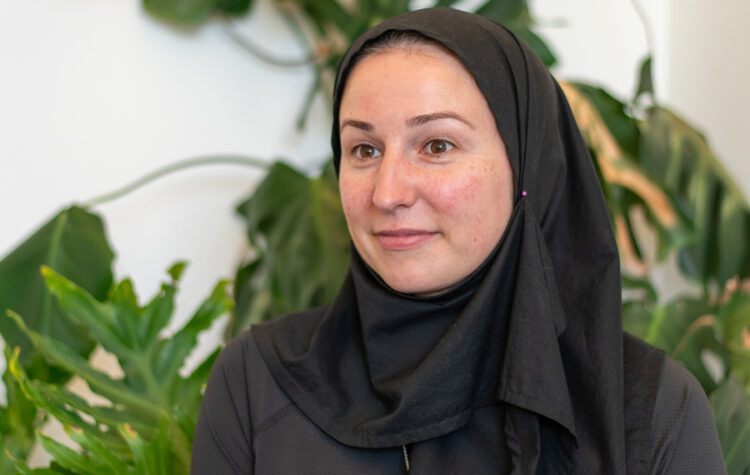
Improving health, one machine learning system at a time
Marzyeh Ghassemi works to ensure health-care models are trained to be robust and fair.
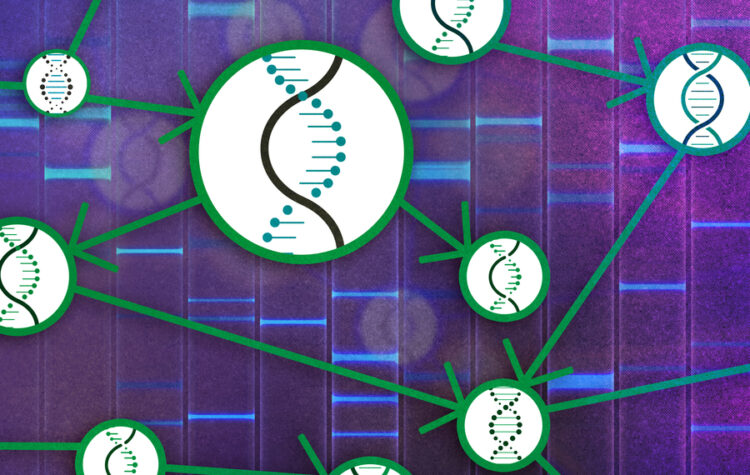
A causal theory for studying the cause-and-effect relationships of genes
By sidestepping the need for costly interventions, a new method could potentially reveal gene regulatory programs, paving the way for targeted treatments.

The tiny device uses a tightly focused beam of light to capture and manipulate cells.